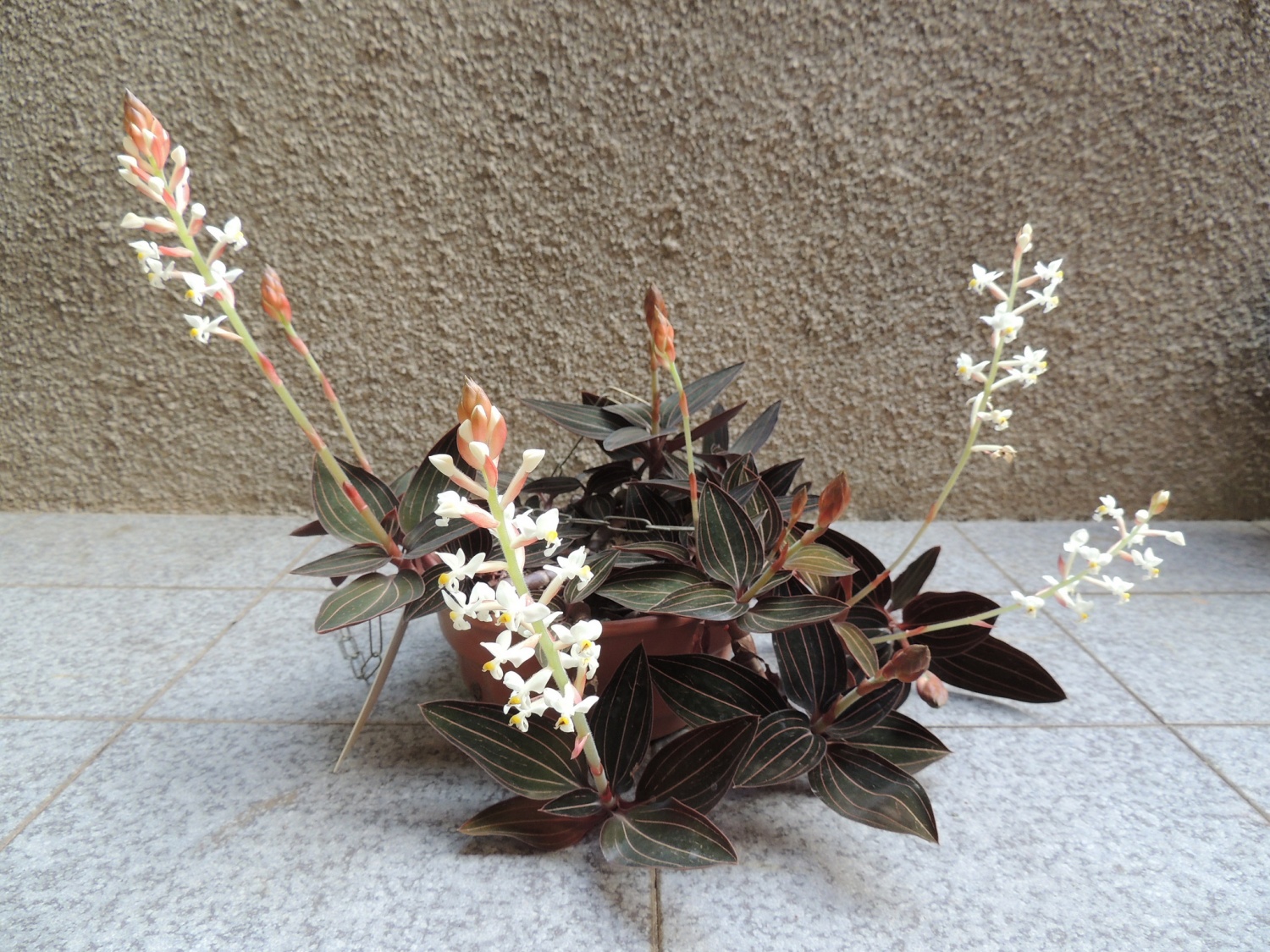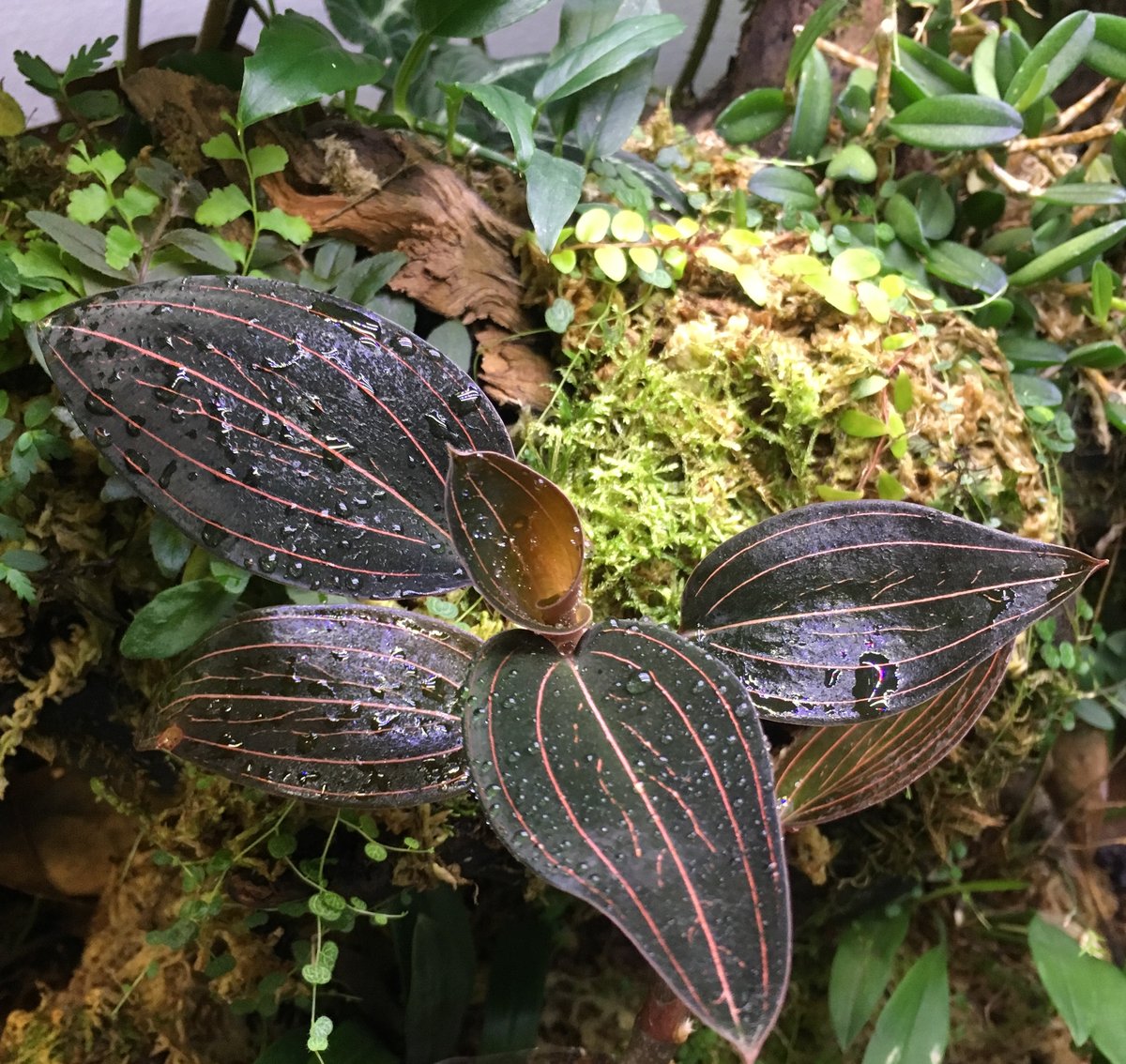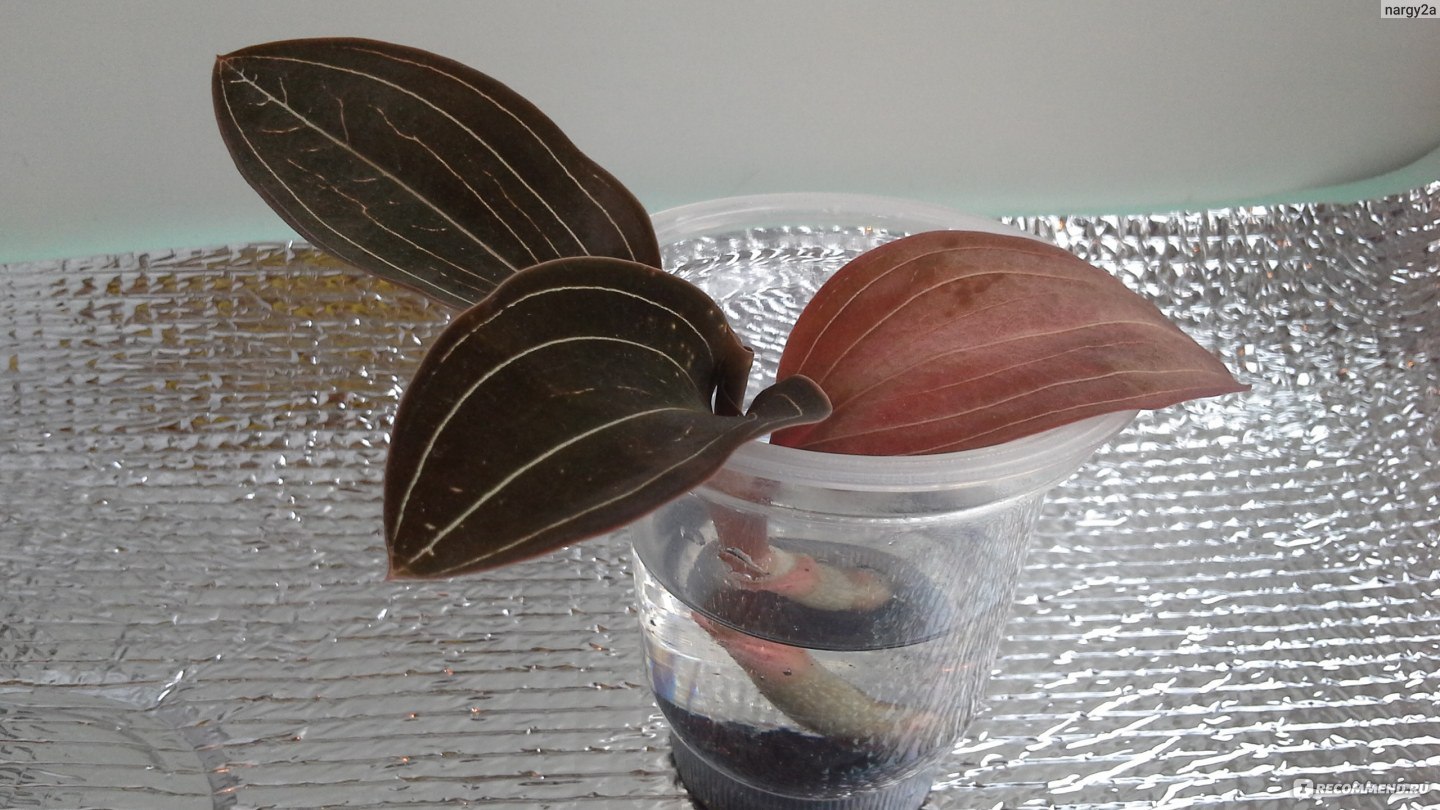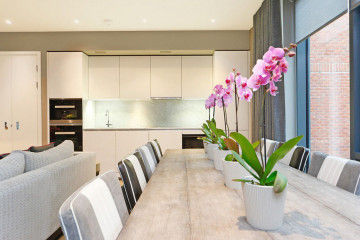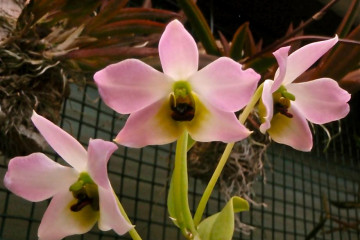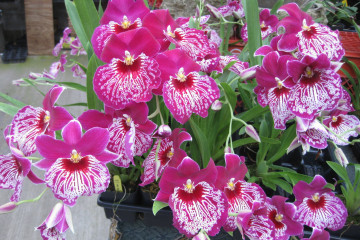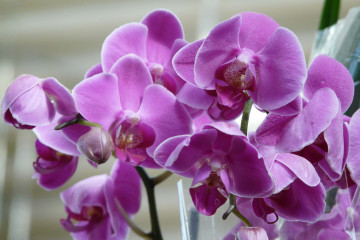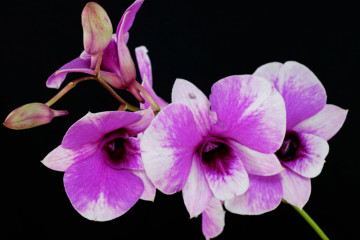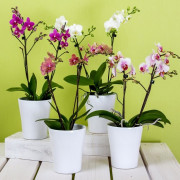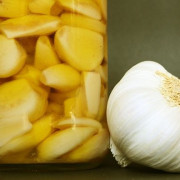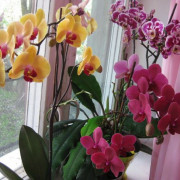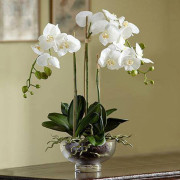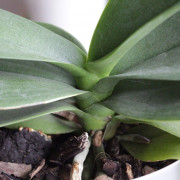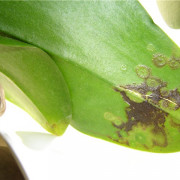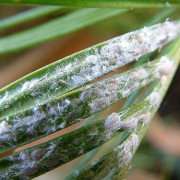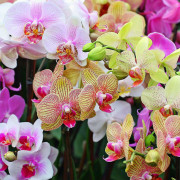Ludisia orchid: the main types and options for home care
Content:
Ludisia precious - one of the representatives of the Orchid family. It features chic large leaves that delight flower growers with their colors. Particularly captivating is the drawing of silvery lines against the background of the dark shade of the leaf. The flowers are small, resembling pearls. The homeland of this type of orchid is the forests of Central and East Asia. The soil or the walls of caves, which are abundantly covered with moss, are suitable for her. Hence its second name - earthy orchid.
Types of ludisia orchids
In nature, ludisia exists only in one form. Thanks to breeders, many subspecies of the plant have been bred, which are grown at home. Each of them has its own flavor, which conquers orchid lovers.
Ludisia multicolored
Multicolored ludisia is a representative of precious orchids, characterized by creeping stems, on the top of which there are from 3 to 6 leaves. Their main shade is dark green, diluted with light-colored veins. A branch with inflorescences grows up to 20 cm in length, on which white flowers with bright anthers in the middle are densely placed. The lip of the flower is slightly slanted to the side.
Ludisia discolor
Ludisia discolor is the only specimen found in nature. It has creeping stems ending in a rosette of rich green leaves. As an ornamental plant, it is presented in several forms:
- Dawsoniana is distinguished by its large forms. Height about 30 cm. The color of the foliage is red-brown with a pattern of pinkish veins;
- Odina - dark green castings with contrasting silvery lines intertwining in the original pattern;
- Velvet - has a characteristic color and foliage structure. Leaves resemble velvet to the touch, endowed with a contrasting pattern.
Ludisia decorative deciduous
Varieties of decorative leafy orchids have a fascinating pattern on the foliage, conquer with a variety of shades:
- Makodes Petola is a green orchid with an emerald overflow. Against this background, a drawing of golden veins, interconnected by a "cobweb" ornament, flaunts. The leaves grow up to 9 cm long and 5 cm wide. The inflorescence has from 8 to 15 burgundy minibutons with a blue lip;
- Goodayera - has dense and colorful leaf plates, the surface of which is decorated with a pigment pattern in shades of green. In addition, the leaves are decorated with streaks of veins of light red, white and bluish colors.
How to care at home
The Orchid family consists of a huge list of varieties and species. Most of them are whimsical, requiring special conditions for growing and reproduction. Ludisia is an unpretentious plant, so caring for it is simple. But, despite this, there are cases of sudden death of a flower. To prevent trouble, you need to find out what kind of home care ludisia requires.
Temperature
The key condition for the comfortable development of a plant is compliance with the temperature regime. Ludisia is capable of developing at temperatures from 10 ° C to 37 ° C. But it is advisable not to bring to such differences at home. The best option is from 20 ° C to 29 ° C. At the same time, the indicators should be several degrees lower at night than during the day.This is a prerequisite for the development of a flower, the formation of flower buds. During the cold season, the temperature should be approximately 18 ° C. If all conditions are met, the flowering of the orchid will be abundant and long-lasting.
Air humidity
Ludisia feels comfortable at high humidity levels. Optimally 70%. It is important to properly maintain the desired regime in the house. It is strictly forbidden to spray the plant. Drops on the surface of leaves and flowers leave unpresentable marks after the water evaporates. It is impossible to get rid of them.
To properly maintain the humidity level, it is better to place a container with water in the immediate vicinity of the flowers. The presence of wet expanded clay in the pallet with the plant helps a lot.
In addition to maintaining the correct humidity level, watering plays a special role in the care of ludisia. Drying of the soil should not be allowed. It should be constantly damp. But overdoing it with water is also not worth it. The stagnant liquid in the orchid pot leads to root rot.
Pay due attention to the water that is watered on the orchid. Its temperature should be at room temperature. Watering is carried out in an original way: the pot with the substrate is completely immersed in a container of water for a few minutes, and then removed and installed in the place familiar to the plant.
Correct lighting
Ludisia orchid belongs to shade-loving plants. It should be placed in places with dim lighting. Usually these are windows facing west and north. Often this type of orchid is placed in the back of the room. In these cases, illumination is provided by means of phytolamps. With this trick, the required length of daylight hours is achieved, that is, 12-14 hours. This is especially important in the winter time of the day.
Top dressing
From time to time it is necessary to fertilize the plant:
- during intensive growth - 2 times a month;
- in the usual period - fertilize orchids is applied once a month.
Fertilizer is purchased at a specialized flower shop.
Priming
Loose soil with neutral acidity is suitable for orchids. The substrate should be perfectly permeable to moisture and air. Several types of soil have these characteristics, which can be used for planting ludisia:
- pine bark, cut into fine pieces, combined with semi-decayed foliage and peat. The proportions are 1: 1: 2;
- shredded fern roots, coarse sand, peat and sphagnum. These components must be taken in the same quantity;
- pine needles, peat, sphagnum, sheet soil, birch charcoal, polystyrene. This set is formed in a ratio of 4: 4: 4: 4: 1: 1, respectively.
Examples of propagation of ludisia by cuttings
At home, propagation of ludisia by cuttings is a common practice. To do this, choose segments that have at least three shoots.
On the stems of the orchid, under the leaves, slight tubercles can be identified. From them, new shoots appear in an adult plant. To get a stalk, it is necessary to cut off the top of the stem a few millimeters below such a tubercle. The resulting material is placed in water and the roots are expected to appear. They usually begin to break through in 10-14 days. After that, the cuttings are planted in the soil as an independent plant.
It is not necessary to put cuttings in a glass of water for root formation. They can be spread on damp moss or coconut fiber. Then the container is closed to create a greenhouse environment. The condition of the cuttings is constantly monitored, the base is regularly ventilated and moistened.
Thus, the ludisia orchid is quite a good option for growing at home. The main thing is to monitor watering and temperature, and when the time comes, get cuttings in order to propagate the varieties you like and, possibly, enrich yourself at the expense of them by selling to other growers.
